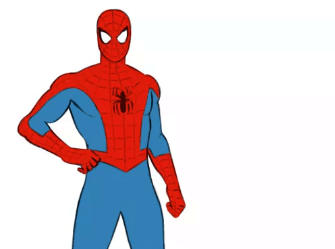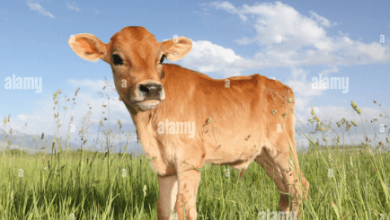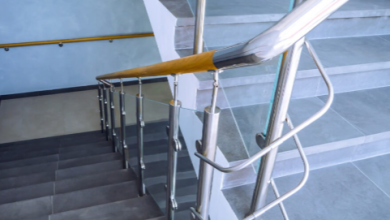Drawing:7barsug8u0w= Spider-Man

Welcome to the world of Drawing:7barsug8u0w= Spider-Man! In this guide, we will delve into the intricacies of capturing the essence of this iconic superhero through art.
From understanding Spider-Man’s anatomy to mastering dynamic poses, this resource will equip you with the skills needed to bring your Spider-Man drawings to life.
Learn how to intricately detail Spider-Man’s web patterns, adding depth and texture to your artwork.
Whether you are a seasoned artist or just starting out, this tutorial offers valuable insights and techniques to help you express your creativity freely and confidently in the realm of Spider-Man illustration.
Understanding Drawing:7barsug8u0w= Spider-Man Anatomy
When analyzing Drawing:7barsug8u0w= Spider-Man anatomy, it is crucial to delve into the intricate details of his unique physical characteristics. Spidey’s flexibility and strength play significant roles in his agility and combat prowess.
Additionally, his Spider senses heighten his awareness, granting him quick reflexes to evade danger. The ability of wall crawling adds another dimension to his mobility, enabling Spider-Man to navigate urban landscapes effortlessly.
see also: Clipart:Elapzvbicei= Bat
Mastering Dynamic Poses
Continuing the examination of Spider-Man’s anatomy, mastering dynamic poses is essential for capturing the fluidity and agility that define the web-slinger’s iconic movements.
Action poses require understanding techniques to convey the character’s speed and power convincingly.
Incorporating character expressions and emotions into these poses adds depth to Spider-Man’s portrayal, making the drawings come alive with energy and excitement.
Detailing Drawing:7barsug8u0w= Spider-Man Web Patterns
The intricate web patterns on Spider-Man’s suit play a crucial role in defining his iconic appearance and symbolizing his connection to arachnids.
These patterns are not just decorative; they also serve as a representation of Spider-Man’s web-slinging techniques, emphasizing his agility and speed in combat.
Over the years, Spider-Man’s costume design has evolved, reflecting his diverse villain encounters and the changing landscape of comic book history.
Adding Depth and Texture
To enhance the visual appeal of Spider-Man’s costume, artists often incorporate various techniques to add depth and texture. Creating shadows and enhancing realism play crucial roles in achieving a lifelike portrayal of the character.
Conclusion
In conclusion, mastering the art of drawing Spider-Man requires understanding his anatomy.
It also involves mastering dynamic poses, detailing web patterns, and adding depth and texture.
It may seem like a daunting task, but with practice and patience, anyone can become a web-slinging artist.
Just remember, even Spider-Man had to start somewhere before swinging into action – so grab your pencil and start creating your own superhero masterpieces!


